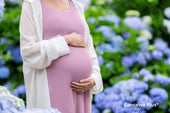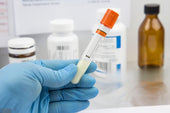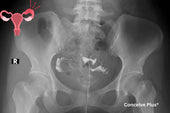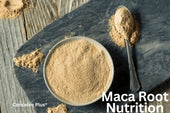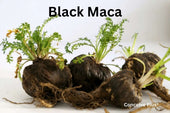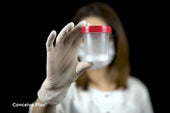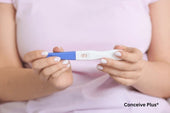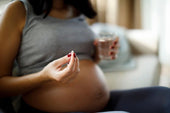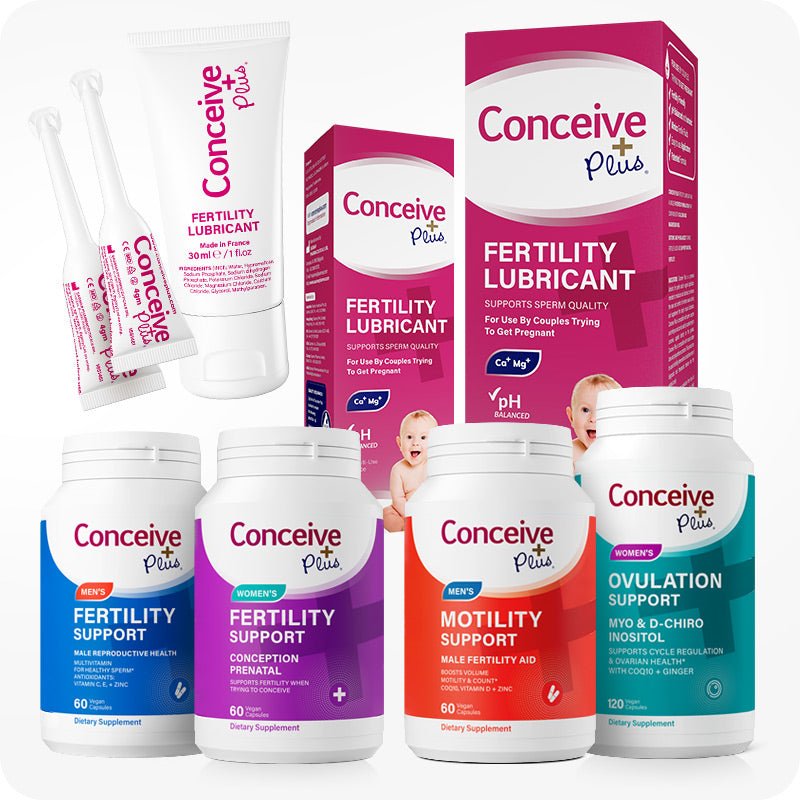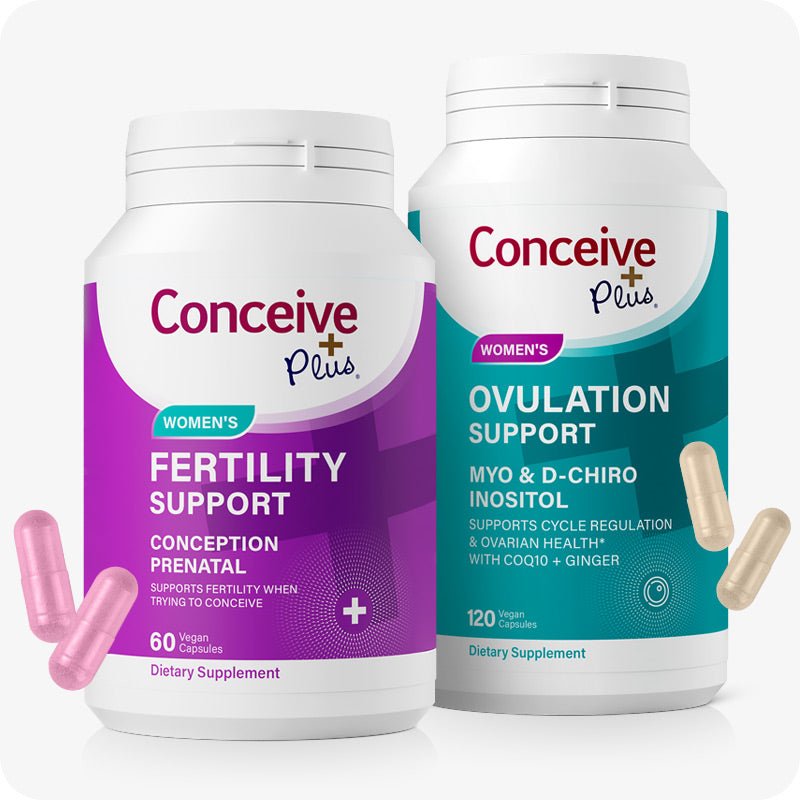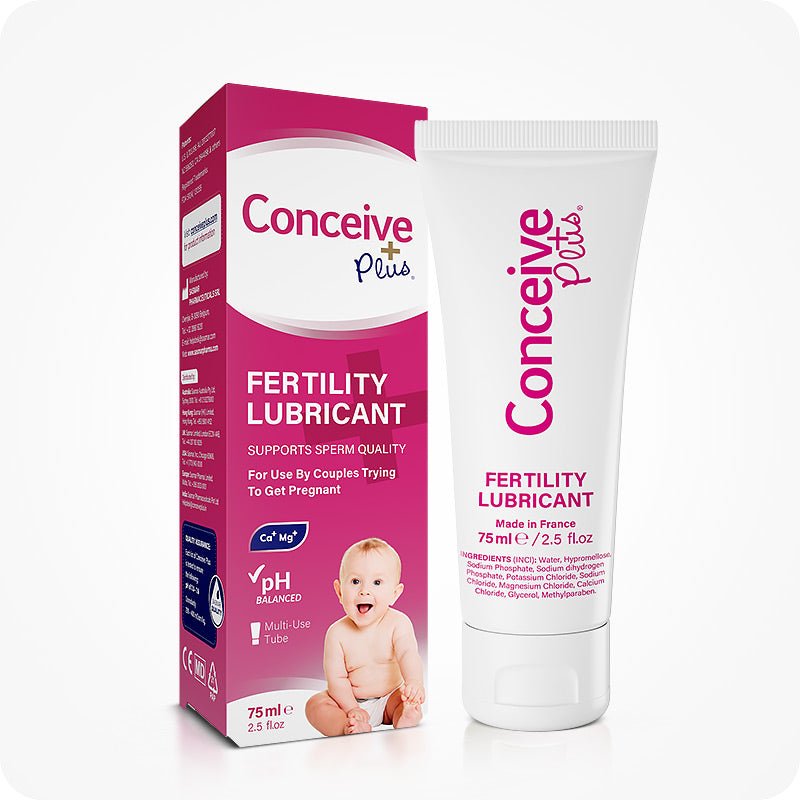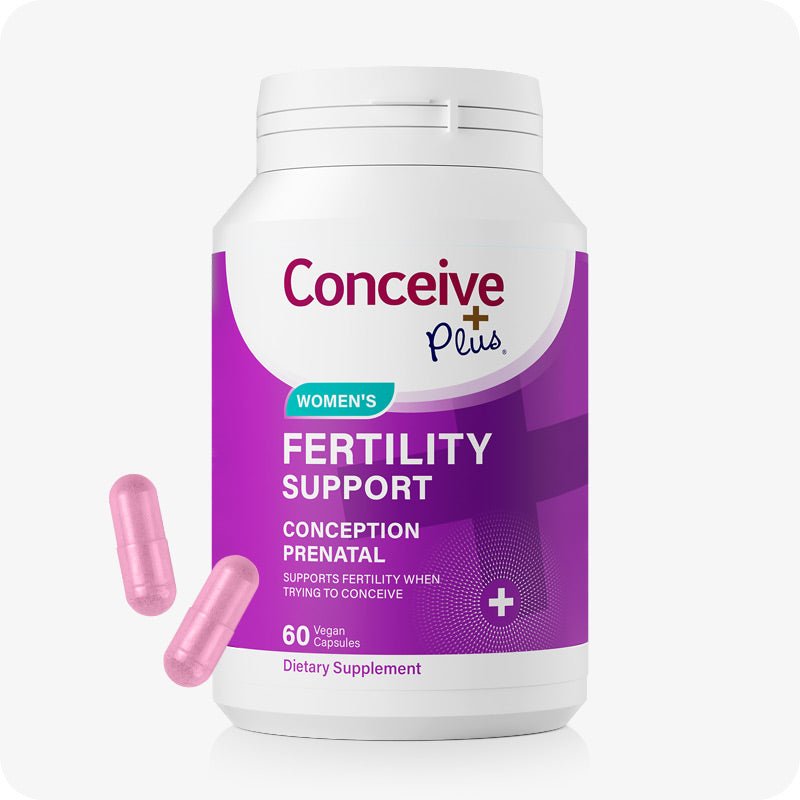Odds of Having Twins Calculator: Understanding Your Chances
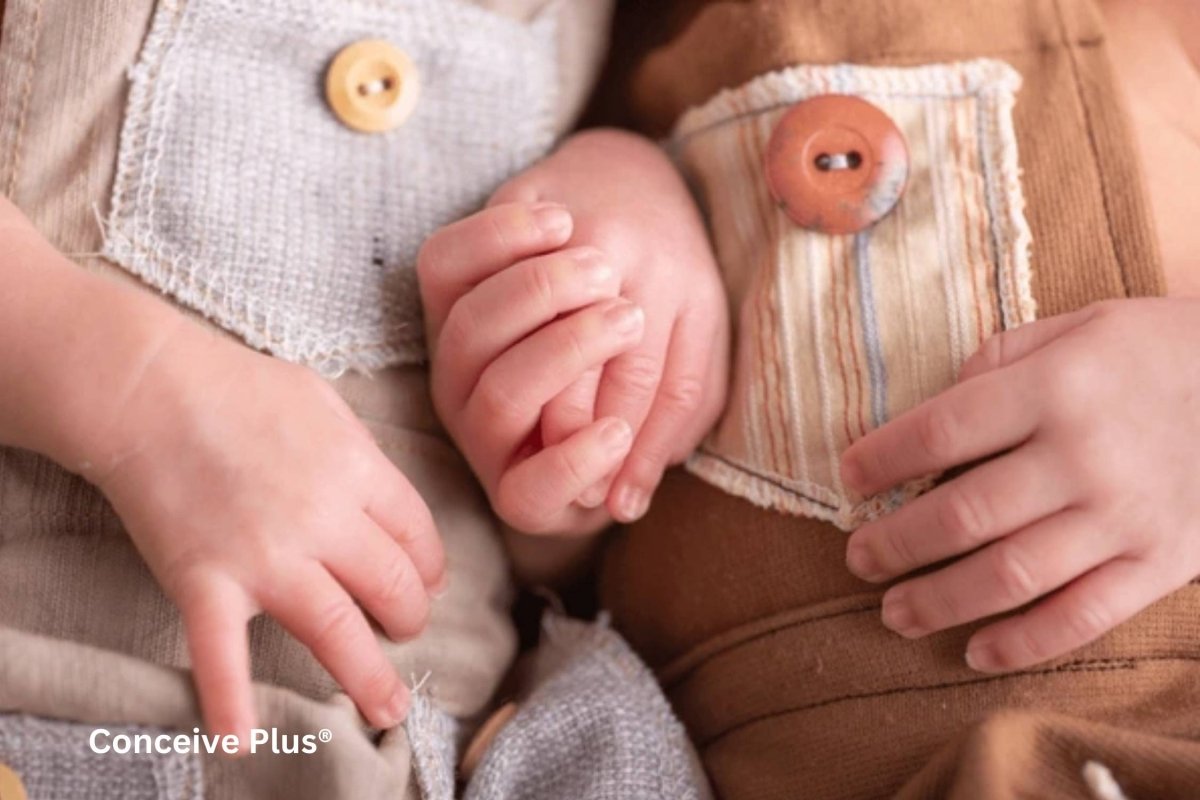
Twin births have long been a source of fascination. Throughout history, families who welcome two babies at once often encounter both exhilarating joys and unique challenges. Although the overall incidence of twin births has increased in recent decades—partly because of advancements in assisted reproductive technologies—having twins is still relatively rare. Consequently, many hopeful parents wonder if there is a way to predict their chances of conceiving twins. Over time, various tools, guides, and resources have appeared in an attempt to provide answers. Among these resources is something popularly referred to as the odds of having twins calculator.
In this article, we will explore how these estimators might work, what factors influence twin conception, how genetics and lifestyle play their part, and where science stands today on accurately predicting multiple births. We will also address some common myths and discuss the role of modern technology in understanding the possibilities of conceiving twins. Whether you are simply curious or actively planning a pregnancy, this comprehensive exploration will empower you with the latest facts and figures [1].
The Basic Science Behind Twins
A deeper appreciation for the factors involved in multiple gestation starts with understanding the science of how twins form. There are two main types of twins: identical and fraternal. Identical twins occur when one fertilized egg (zygote) splits into two genetically identical halves. Fraternal twins, on the other hand, occur when two separate eggs are released and fertilized by different sperm, resulting in siblings who share the same womb but are genetically similar to typical siblings.
Several aspects influence whether an individual is more or less likely to conceive twins. Fraternal twins, for example, have a known hereditary component. Families with a history of hyperovulation—where more than one egg is released during a single cycle—may see an elevated rate of fraternal twin births. Identical twins appear largely sporadic, with no strong hereditary correlation.
When scientists measure the frequency of twin births, they often distinguish between identical and fraternal types. Medical researchers also track how maternal age, ethnicity, and external factors relate to twinning rates. As a result, any accurate tool attempting to gauge twin likelihood must consider a variety of biological variables [2].
If you're interested in fine-tuning your fertility planning for a double blessing, check out our guide on ovulation calculator for twins 'Ovulation Calculator for Twins: Achieving Double the Joy' for expert insights.
Key Factors That Influence Twin Conception
Modern studies have shown that multiple components come together to determine a person’s chance of conceiving twins. Some of the most influential include:
- Age: Research indicates that women over 30 may have a higher chance of releasing more than one egg in a cycle. As a result, the likelihood of fraternal twins increases with age, though fertility generally declines overall in later years.
- Genetics: Certain genetic markers can lead to increased rates of twinning. A family history of fraternal twins can suggest a predisposition to hyperovulation.
- Ethnicity: Historical data suggests that twin rates vary between populations. For instance, certain regions in Africa display higher rates of twin births, whereas other geographic areas show lower frequencies.
- Assisted Reproductive Technologies (ART): The use of fertility treatments such as in vitro fertilization (IVF) or ovulation induction medications can significantly raise the chance of multiple pregnancies, though recent practices aim to reduce higher-order multiples.
- Body Composition and Diet: Studies have hinted that taller or heavier individuals might have slightly higher rates of twins, though these correlations are not as firmly established as genetic or medical factors.
Any reputable methodology for predicting twin probabilities should account for at least some of these elements, acknowledging that the interplay can be complex. A single factor, such as being over 35, may slightly boost the probability, but it’s the sum of many influences that shape the final outcome.
Using Calculators and Predictive Tools
Thanks to rapidly evolving digital health platforms, it is now possible to find everything from specialized fertility apps to at-home hormone test kits. Within this array of resources, one might encounter a twin predictor that aims to give a numerical estimate of your likelihood for multiple births. Often, these tools ask questions about personal medical history, reproductive goals, or known genetic predispositions.
When employing such aids, proceed with measured expectations. For instance, an odds of twins calculator may quote a percentage that reflects generalized data and self-reported user input, which might not align perfectly with clinical assessments. Similarly, a probability of having twins calculator could give a figure that is informative but not definitive. Health professionals consistently emphasize that no online instrument can fully capture the individual biological nuances that lead to twin conception.
In addition to calculators solely focused on twin chances, some parents look for an Irish twins calculator out of curiosity about having two children close in age rather than actual twins. While the two concepts are unrelated, people sometimes confuse them due to the misleading nature of the term “Irish twins.” It refers to siblings born within a short time frame, typically under 12 months, not actual twin pregnancies.
Realistic Expectations: Limitations and Accuracy
Any serious discussion about predicting twin births must address the inherent limitations of such estimations. Human reproduction involves numerous variables that often cannot be neatly quantified or predicted. Even well-designed scientific research acknowledges the margin of error when gauging the likelihood of multiple births.
- Limited Data Inputs: Many free online calculators cannot incorporate comprehensive fertility assessments, blood tests, or nuanced medical data.
- Population-Level Statistics: Much of the data is generalized, meaning your personal situation might differ significantly from overall trends.
- Evolving Scientific Understanding: Our knowledge about reproductive science continues to grow. Factors previously overlooked might be discovered as influential in twin conception.
Therefore, while a twin predictor or a twin calculator can be a fascinating starting point, prospective parents should consider discussing any concerns or questions with a qualified healthcare provider. Personalized medical evaluations offer far more reliability than generic tools that rely on broad estimations [3].
The Emotional and Practical Considerations
Beyond the scientific curiosity or the novelty of conceiving two babies at once, expecting twins can have practical implications. Parents often face higher expenses: from doubled childcare costs to medical considerations for a multiple pregnancy, which sometimes requires more frequent checkups. An accurate sense of potential twin likelihood, even if approximate, may help with financial planning, emotional preparedness, and conversations with healthcare professionals about prenatal care.
Expectant parents dealing with a higher chance of twin conception should be aware that carrying multiples may carry additional risks, such as preterm labor or gestational complications. Proper prenatal care is crucial to monitor the health of both the mother and the babies. Many doctors advise that individuals who suspect they have a higher likelihood of conceiving multiples—perhaps due to family history or fertility treatments—seek specialized guidance early on [4].
Despite the added responsibilities, welcoming twins is a life-changing event that brings immense joy. For parents with heightened odds, connecting with support networks, such as local twin-parent groups or online communities, can provide invaluable guidance and emotional reinforcement.
If you're eager to pinpoint exactly when you conceived, be sure to check out our guide on reverse due date calculator 'How to Use a Reverse Due Date Calculator to Find Out When You Conceived' for expert insights.
Where Science Is Headed
Scientific interest in multiple births remains strong. Ongoing research in genetics and reproductive science is attempting to uncover the complexities behind twinning rates. Some studies use advanced imaging of ovulation or comprehensive genome sequencing to detect potential markers that might influence multiple conceptions.
There is also growing attention on how assisted reproductive technologies can be optimized to reduce potential risks while acknowledging that many patients may still desire multiple pregnancies for personal or financial reasons. As more data accumulates, we can anticipate refined algorithms to enhance the accuracy of twin predictions, particularly in clinical settings.
Nevertheless, even with state-of-the-art research, a definitive method for guaranteeing twins naturally does not exist. The process reflects a blend of biology, genetics, and chance, culminating in a miracle that still manages to surprise families around the world [5].
The Bottom Line
Odds of having twins calculator is a valuable resource for individuals eager to explore the possibility of conceiving multiples. While these estimators can spark excitement and offer a glimpse into potential outcomes, remember that they represent approximations rather than concrete forecasts. If you seek an in-depth evaluation of your pregnancy chances—or if you come from a family with a history of twins—consulting a fertility specialist or healthcare provider is a prudent step.
In the end, twins—whether identical or fraternal—capture our collective imagination precisely because their arrival carries an element of mystery. As long as you couple a healthy curiosity with a balanced expectation, tools such as an odds of twins calculator or a probability of having twins calculator can provide intriguing insights. Whether you lean on a high-tech platform or speak directly with medical professionals, stay aware that individual circumstances ultimately shape your prospects.
Bringing two newborns into the world at once involves a unique journey filled with anticipation, planning, and no small amount of wonder. By educating yourself on the underlying scientific factors, keeping realistic expectations, and seeking reputable sources, you can make well-informed decisions about your reproductive health. And if the results do happen to surprise you, there is no shortage of resources—community organizations, specialized parenting groups, and modern medical care—to ensure that you are fully supported through every step of the twin-parent journey.
References
- Sahu M, Prasuna JG. Twin Studies: A Unique Epidemiological Tool. Indian J Community Med. 2016 Jul-Sep;41(3):177-82. doi: 10.4103/0970-0218.183593. PMID: 27385869; PMCID: PMC4919929.
- Prescott CA, Kendler KS. Twin Study Design. Alcohol Health Res World. 1995;19(3):200-205. PMID: 31798103; PMCID: PMC6875762.
- Wahlgren CM, Larsson E, Magnusson PK, Hultgren R, Swedenborg J. Genetic and environmental contributions to abdominal aortic aneurysm development in a twin population. J Vasc Surg. 2010 Jan;51(1):3-7; discussion 7. doi: 10.1016/j.jvs.2009.08.036. Epub 2009 Nov 24. PMID: 19939604.
- Granlund J, Svensson T, Olén O, Hjern F, Pedersen NL, Magnusson PK, Schmidt PT. The genetic influence on diverticular disease--a twin study. Aliment Pharmacol Ther. 2012 May;35(9):1103-7. doi: 10.1111/j.1365-2036.2012.05069.x. Epub 2012 Mar 20. PMID: 22432696.
- Sumathipala A, Yelland L, Green D, Shepherd T, Jayaweera K, Ferreira P, Craig JM. Twins as Participants in Randomized Controlled Trials: A Review of Published Literature. Twin Res Hum Genet. 2018 Feb;21(1):51-56. doi: 10.1017/thg.2017.67. Epub 2017 Dec 28. PMID: 29282159.







